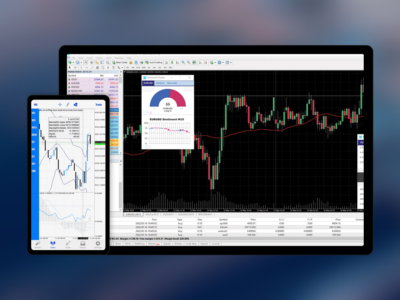Demat account is one place where you can hold all your investments in equity, bonds, government securities, mutual funds, exchange-traded funds, etc. It is very similar to a bank account that holds your money. If you are entering into the Indian financial market, opening a demat account is the first and foremost step. But not many people are aware of the demat account opening procedure. To help you understand the concept, we have listed down the procedure of opening a demat account.
Since you are learning about the process of opening a demat account, you must know that there are two ways through which you can open an account. The first way is by visiting the local office of the depository participant and the second way is through the online mode by visiting the website of the depository participant.
Let us first learn about the procedure of opening a demat account by visiting the office of the depository participant.
Procedure Of Opening A Demat Account
Step 1:
To open a demat account, you must visit the office of the depository participant and fill the account opening form. While filling the account opening form you must also submit the copy of proof of identity, proof of address, passport size photographs, income statement, PAN Card and bank statement.
Step 2:
After filling the account opening form, you will have to sign an agreement with the depository participant. This agreement contains the details about the rights and duties of the depository participant and investor. It also contains the schedule of charges that would be applicable to you.
Step 3:
In this step, the depository participant shall send an employee to carry out an in-person verification of the applicant. This is done to verify the details submitted by the applicant in the demat account opening form.
Step 4:
After the successful completion of the verification process, depository participant shall give you your unique client ID and demat account number. The unique client ID can be used to log into the demat account online. After logging into the account you can invest or trade in the Indian stock market online.
Let us now learn about the procedure of opening a demat account online.
Procedure Of Opening A Demat Account Online
Step 1:
Visit the website of the depository participant and sign up for opening a demat account. The depository participant’s website shall ask you to fill some of the basic details like your PAN card number, Aadhar card number, etc.
Step 2:
After filling the basic details, you will receive a one-time password on your registered mobile number. This will validate your Aadhaar and PAN card details. After entering the one time password, you have to provide the depository participant with the next set of information. You have to you give your address details, bank account details, brokerage plan that suits your requirements, etc. Now you will be required to upload the documentary proof of your address and identity, passport size photograph and any other information asked by the website.
Step 3:
In the last step, the depository participant will conduct a video session with you to carry out in-person verification. After successfully completing the verification process, you will have to click on the “e-sign” button. This will generate a one-time password on your mobile number. By entering the correct OTP on the website, your KYC process will be completed and your “e-sign” shall be affixed. Now you will receive the client ID along with your demat account number. You can use the client ID to log in to your demat account and start trading or investing in the Indian stock market.
The above mentioned procedure shall help you in opening a demat account with ease. If you are considering to open a demat account, you may contact Kotak Securities. They are the most reputed broking firm in the country and known for their quality services and good customer support.













Comments